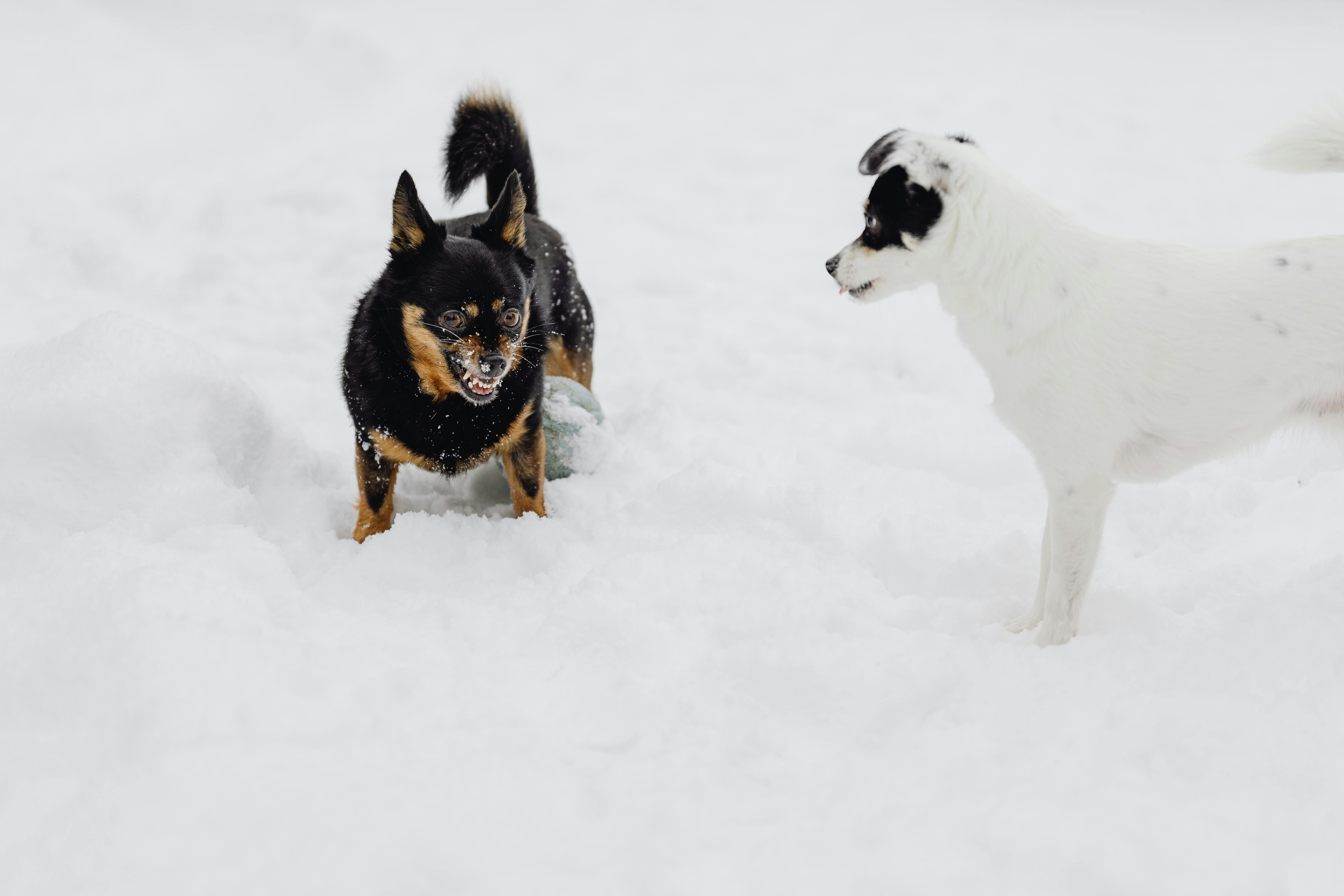
Naturally get rid of fleas on your pet and your home
Summer is almost here and with it will come those pesky fleas. Fleas aren’t just a nuisance, they’re dangerous to pets and people. They can carry diseases such as bubonic plague, typhus, bartonella henselae (also known as cat scratch fever) and, when left unchecked, can cause flea allergy dermatitis or even anemia in pets. Make no mistake in finding out that fleas in your home or on your pets need to be taken seriously.
Fleas can reproduce very quickly. In just one flea lifetime (about two weeks) she can lay hundreds and hundreds of eggs. Once these eggs hatch, the larva will begin to feed on pet hair, flea feces, dried blood, or any other unsightly organic matter found in carpets, furniture, and on your pets.
After feeding, this larva will spin a cocoon in which it can lie dormant for up to a year waiting for a victim. Using pesticides on fleas while they are in this cocoon stage is pointless. They are almost completely immune to poisons. There is no pesticide on the market today that can completely or consistently kill them while they are in the cocoon stage.
Unfortunately, even when fleas can be killed with pesticides, there is still concern about the chemicals that are used. Many pesticides are themselves a health problem for your family and pets.
In April 2009, EPA notices about spot-on flea treatments began to be published. The EPA reported receiving more than 44,000 reports of adverse reactions in pets. Those reactions ranged from mild skin irritation to seizures and death (600 deaths according to the report).
Cyphenothrin and permethrin are just two products used in many flea treatments that have proven problematic, especially for smaller dogs and cats.
So what is the best alternative for the conscientious pet owner? Go natural!
Believe it, there aren’t many easy ways to combat flea infestations that work as well, if not better, than using toxic chemicals.
The first and one of the most important things you can do is vacuum. Vacuuming every day will remove those cocoon stage fleas from your carpets. The heat generated by the vacuum will also encourage them to hatch into their most vulnerable stage so they can be treated quickly. When possible, use a bagged vacuum and dispose of the bag immediately after vacuuming floors and furniture. Yes, you should also vacuum all the furniture. If you have a current infestation, vacuuming every day is one of your best defenses. As you will target fleas and eggs before they have a chance to hatch and multiply.
Also, keeping your pet healthy and feeding a healthy diet will help discourage fleas. The better your pet is, the less attractive it is to nesting fleas.
Garlic can be used to rid your pet of fleas. However, garlic should be used with caution, as it can be toxic to your dog when given in the wrong amounts. Discuss the use of garlic for flea control with your veterinarian to determine the appropriate amount for your pet’s body weight. There are also many natural store-bought mineral supplements for your pet, such as diatomaceous earth.
Prevention is key. It’s a good idea to keep your pet bathed and brushed and to have a regular full-body inspection for parasites.
There are also a number of natural alternatives to pesticides, including things like cedarwood oil, rosemary extract, citronella, and many more.
Finally, I’d like to give you one of my favorite and easiest flea prevention methods for your pet’s bedding.
For some reason, fleas hate eucalyptus. I like to create these cute eucalyptus bags for my pet’s bed. Here are simple instructions on how to make your “flea free pet bedding” bag.
Will need:
A handful of fresh eucalyptus vapors (available at many hobby stores and florists).
10″ round cut gauze or other breathable material.
A 3-inch strip of tape.
Tear your eucalyptus into small 1-2 inch strips and place in the middle of your cheese cloth. Gather the edges of the fabric in the middle creating the little bag that encloses your eucalyptus. Tie the gather with a bow using the ribbon. It couldn’t be simpler.
You will need to place this bag inside your pet’s bed. So your pet will not be able to access it. Put one bag per pet bed.
Not only will this help keep fleas off your pets’ bedding, but it will also smell good. You will need to replace the eucalyptus in the bag at least once a month for best results.
These are just a few of the natural ways you can discourage fleas in your home and on your pet. There are many recipes for homemade flea shampoos and sprays. There are also many natural shampoos and sprays that are sold in the market.
Don’t let your pets or family become food for these nasty critters this summer. Use prevention methods and be open to trying natural alternatives for flea removal and prevention. Here we wish all pets a flea-free summer.